In the current situation where natural disasters occur frequently, floods during the flood season pose a huge threat to people's lives and property. How to achieve refined management of hydrology during the flood season has become an urgent task facing governments at all levels and water conservancy departments. And the hydrological monitoring system is precisely the essential tool for this task.
The WX-SW3 hydrological monitoring system features real-time monitoring, high-precision measurement, and remote transmission. It can collect key hydrological data such as water level, flow rate and rainfall in real time, and quickly transmit these data to the management center through advanced communication technology. Meanwhile, the high-precision sensors built into the system ensure the accuracy of the data, providing reliable data support for decision-makers.
The advantages of the hydrological monitoring system are mainly reflected in the following aspects: First, it improves the efficiency and accuracy of data collection, reduces the cost and risk of manual collection; Second, it has achieved remote real-time data transmission, enabling decision-makers to grasp hydrological information anytime and anywhere and make timely and accurate decisions. Thirdly, the system is equipped with powerful data analysis and early warning functions, which can provide a scientific basis for hydrological management during the flood season.
In flood season hydrological management, the hydrological monitoring system plays a crucial role. It can not only monitor water level changes in real time and issue early warnings of flood disasters, but also conduct comprehensive analysis of data such as rainfall and flow rate, providing a scientific basis for decision-makers to formulate flood control and disaster reduction plans. In addition, the system is also capable of conducting safety monitoring on water conservancy projects such as reservoirs and embankments to ensure their safe operation during the flood season.
It is the foundation for achieving refined hydrological management during the flood season. By real-time monitoring and analysis of hydrological data, the system can accurately grasp the dynamic changes of hydrology during the flood season and provide precise information support for decision-makers. Secondly, it is an important means to enhance the capacity for flood control and disaster reduction. The system can issue early warnings of flood disasters, buying precious emergency response time for relevant departments and the public, thereby reducing disaster losses. Finally, it is the key to ensuring the safe operation of water conservancy projects. Through real-time monitoring of water conservancy projects such as reservoirs and embankments, the system can promptly identify potential safety hazards, providing relevant departments with a basis for maintenance and reinforcement, and ensuring the safe operation of water conservancy projects during the flood season.
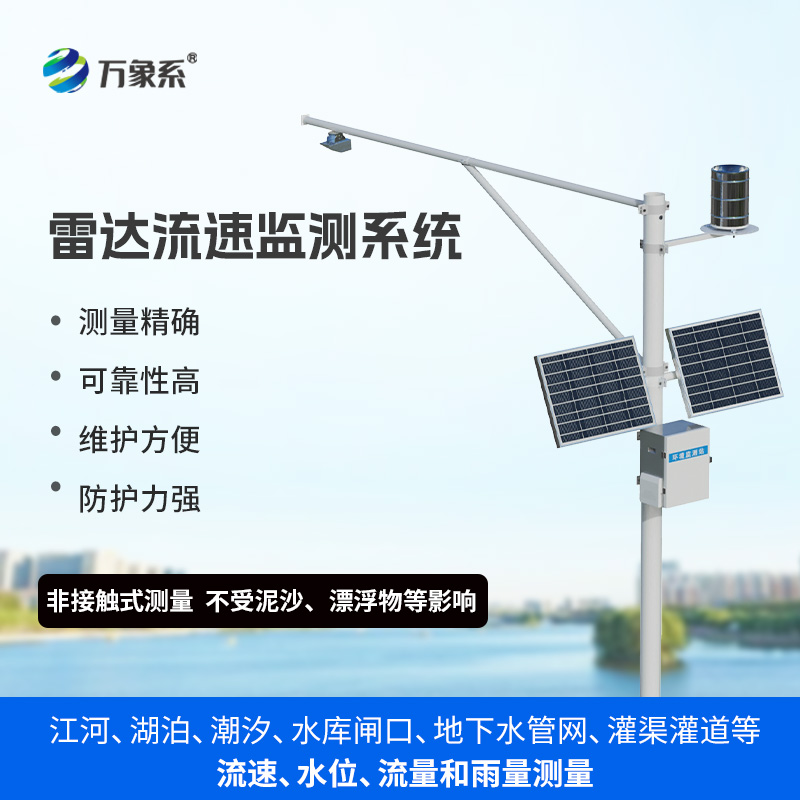
Article address:
http://m.shenzhensmofreer.com/en/article/1519.html

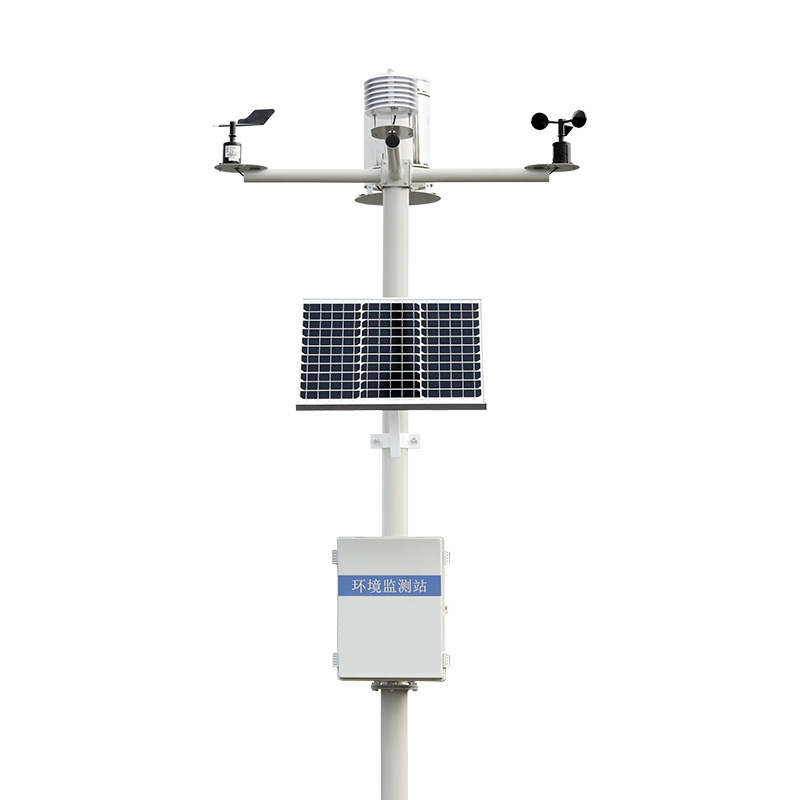
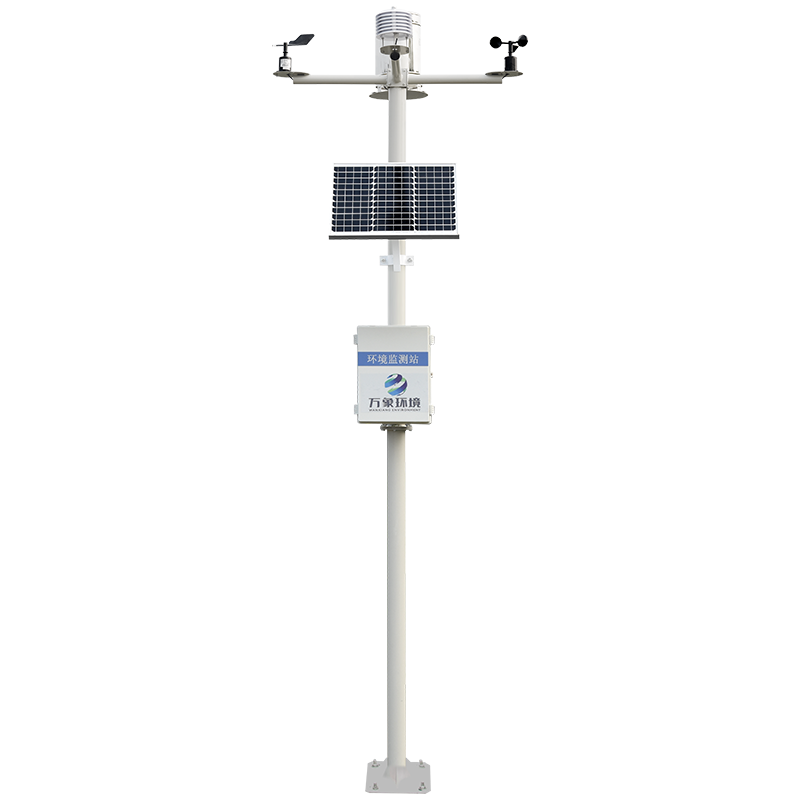
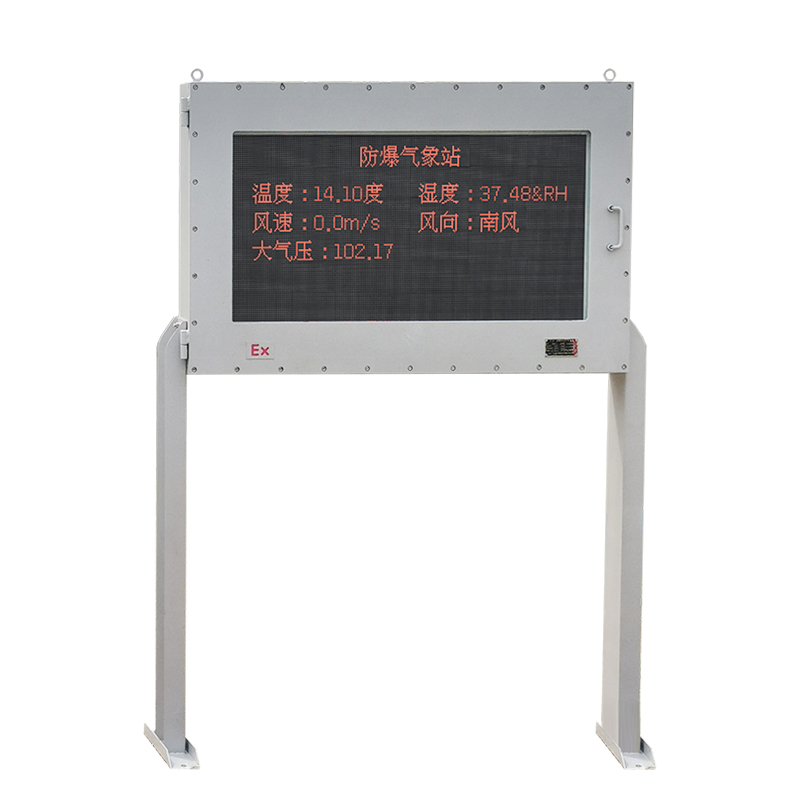

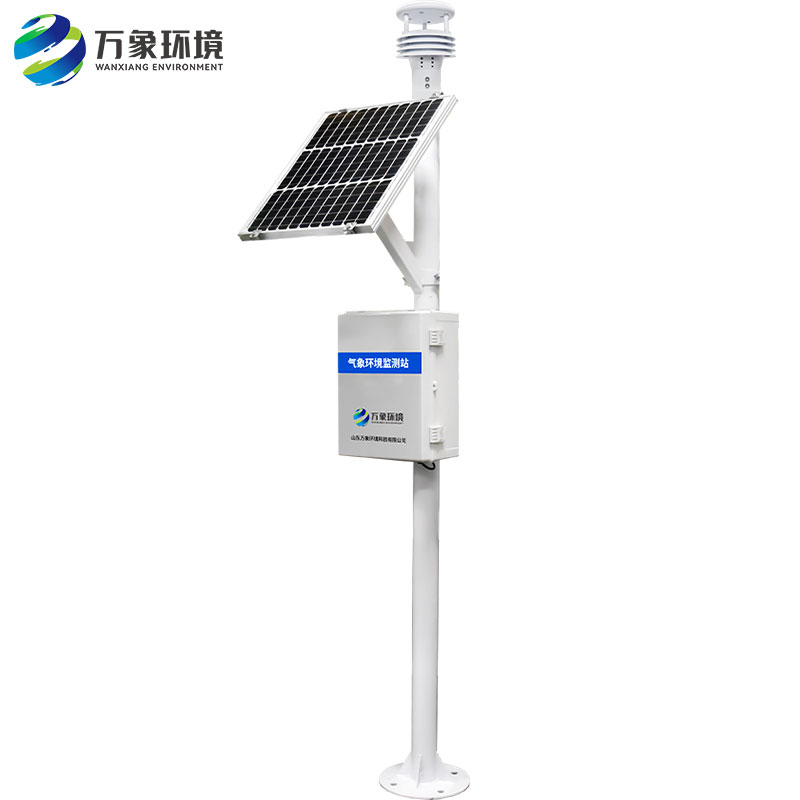
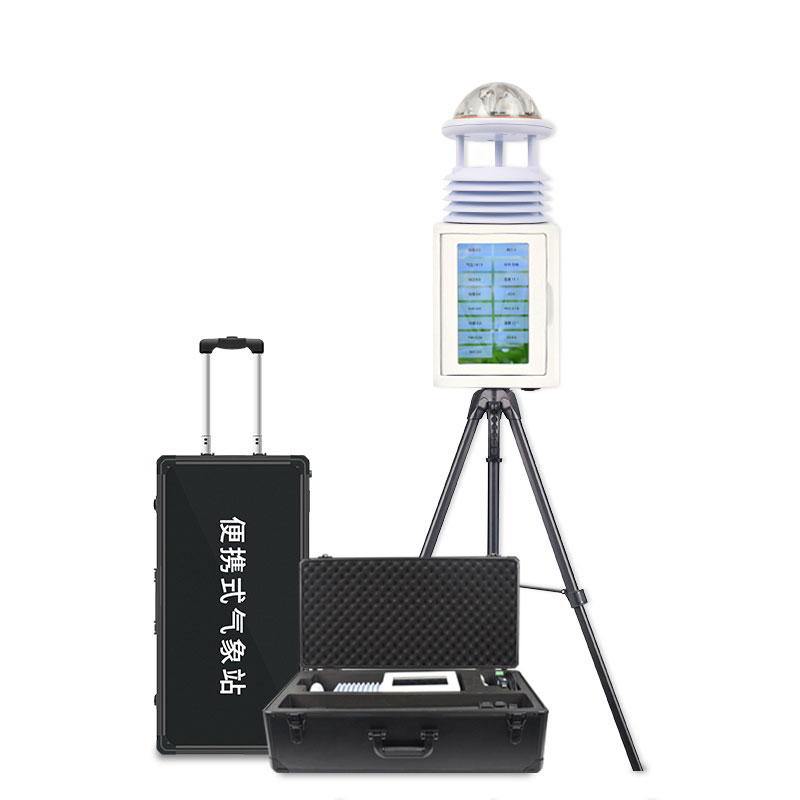





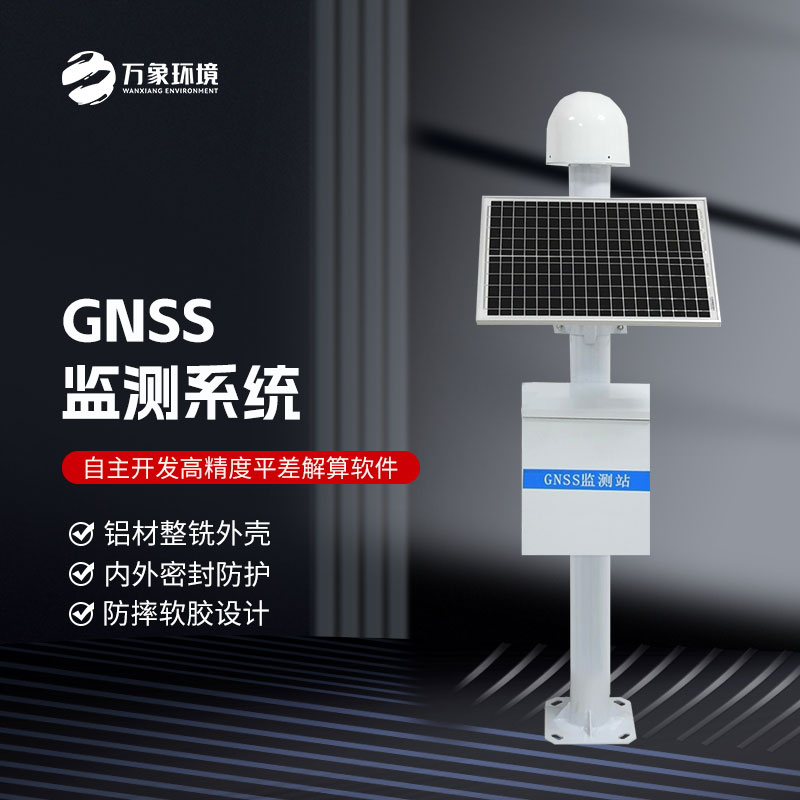
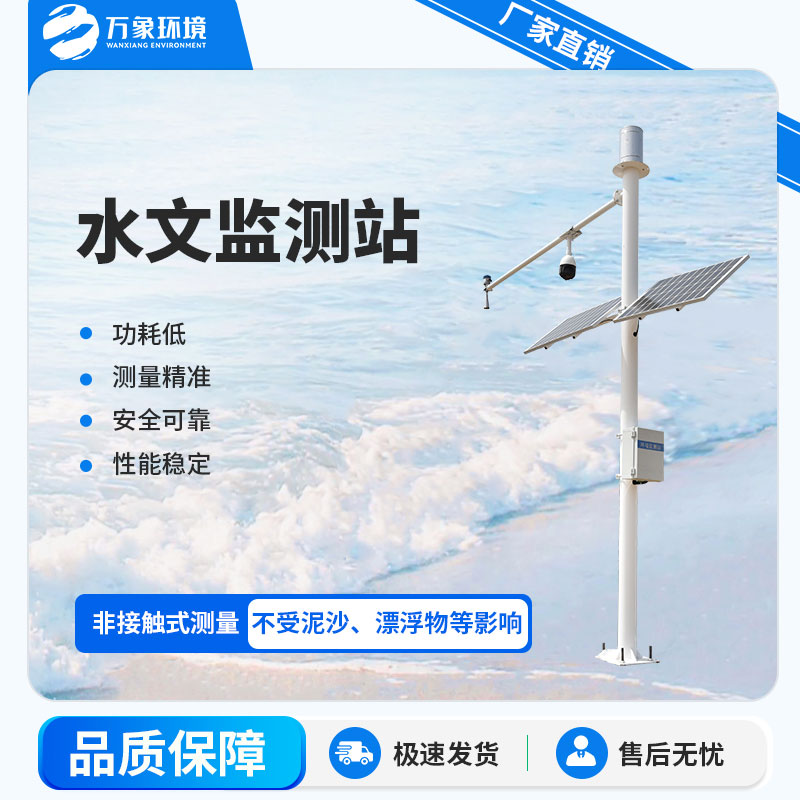
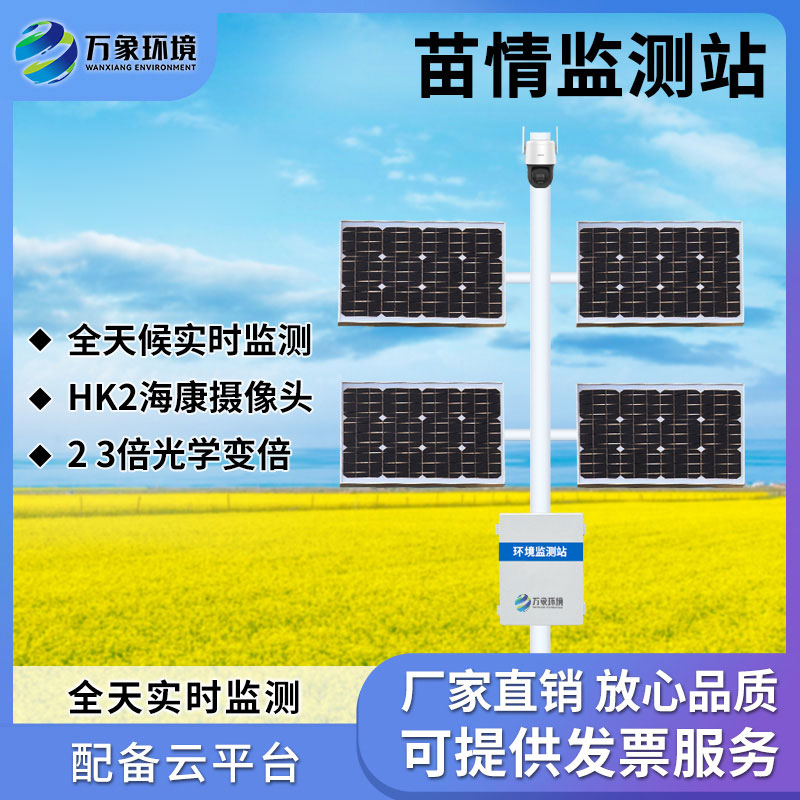



 Home
Home phone
phone Product Overview
Product Overview Contact Us
Contact Us